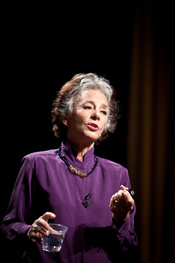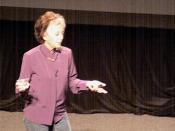In the first chapter of "The Way We Never Were"ÃÂ written by Stephanie Coontz, the reader faces the reality of the "traditional family"ÃÂ being a myth. Coontz denies the real diversity of family life and subjects the reader to facts and statistics on how families have out grown the pants that traditional families have worn or how families have never been able to fit such a pair of pants.
Throughout, In The Way We Wish We Were: Defining the Family Crisis, Coontz defines the terms: nuclear and extended family. In the form of dissection, she breaks down each family by means of: how each type of family works, what each type of family denies, and what each family lacks.
In, The Elusive Traditional Family, the reader learns about Victorian and Colonial families. These families have come to distinguish lifestyles over time. The Victorian family gave way to wage work and professional occupations outside the home.
The Colonial family revealed the great neglect in the training up of the children. The main focus in this section of the chapter focuses upon the evolutionary change of families as models due to such problems as: the death of parents, depression, child labor, and urbanization.
In The Complexities of Assuming Family Trends there is a focus upon the myth of the "traditional family"ÃÂ. Coontz discusses the myth of 21st century families. The myths with in this portion of the text have been pointed out as: families may not be as mobile or transient as they use to be, families have lost touch with extended networks, and families have let parental child bonds laps.
In the following two entries, Wild Claims and Phony Forecasts and Negotiating Through the Extremes, Coontz deals with mothers and how they cope while handling work and their children at the same time. Most mothers in the past had a very difficult time dealing with both labors, but women today are finding it a little bit easier. Coontz states that most women are happy but wish they had more time to spend with their children.
The first chapter begins the journey upon which the reader may come to realize or understand more about what a "family"ÃÂ is. From the title of the book and the sections consumed within chapter 1, the reader starts to further realize that Coontz does not believe in the "Leave It to Beaver"ÃÂ family. By using percents and factual information from the past and present, she supports her beliefs.



